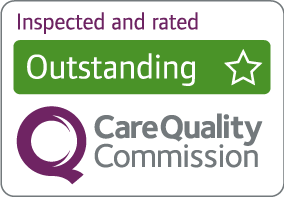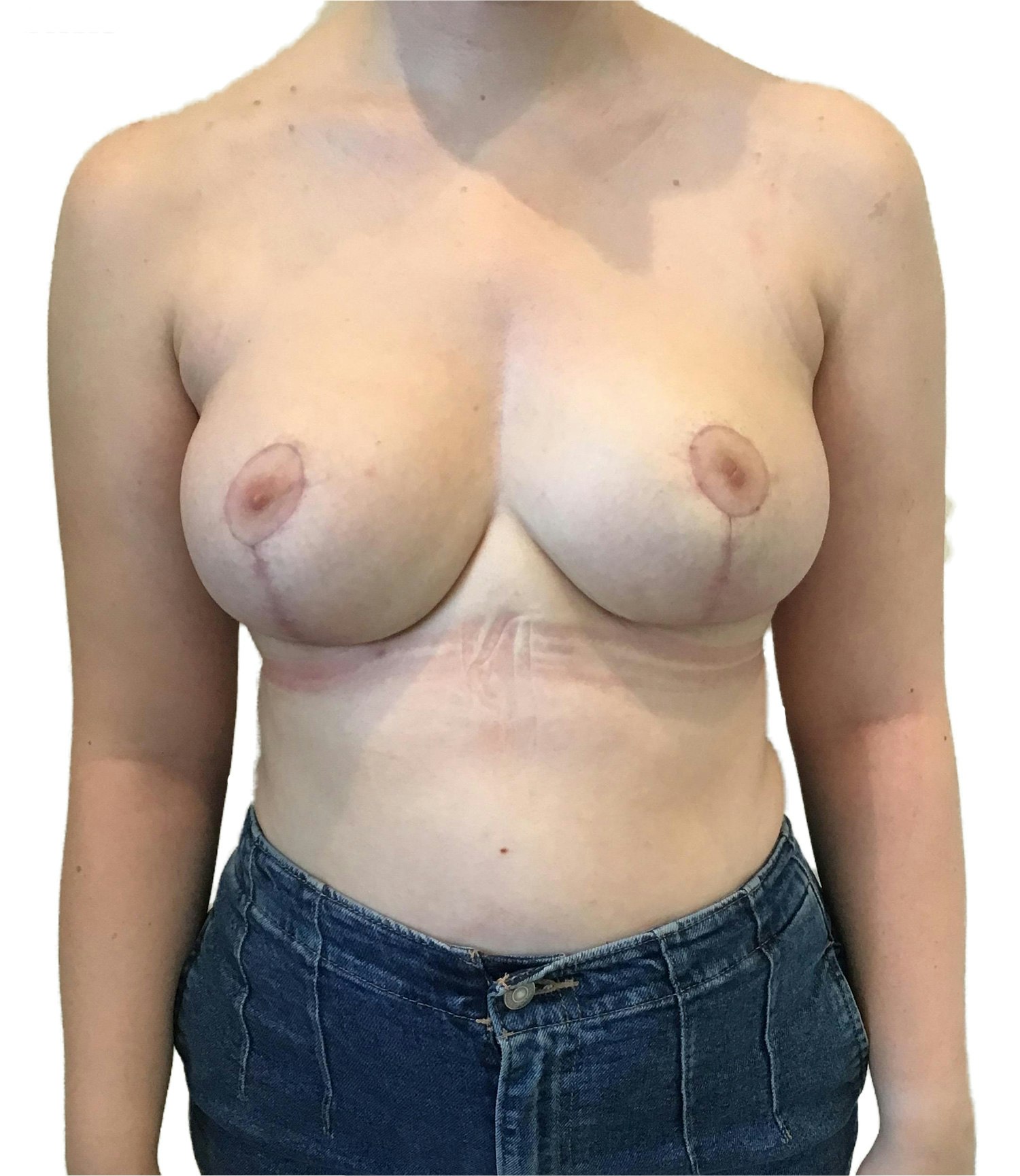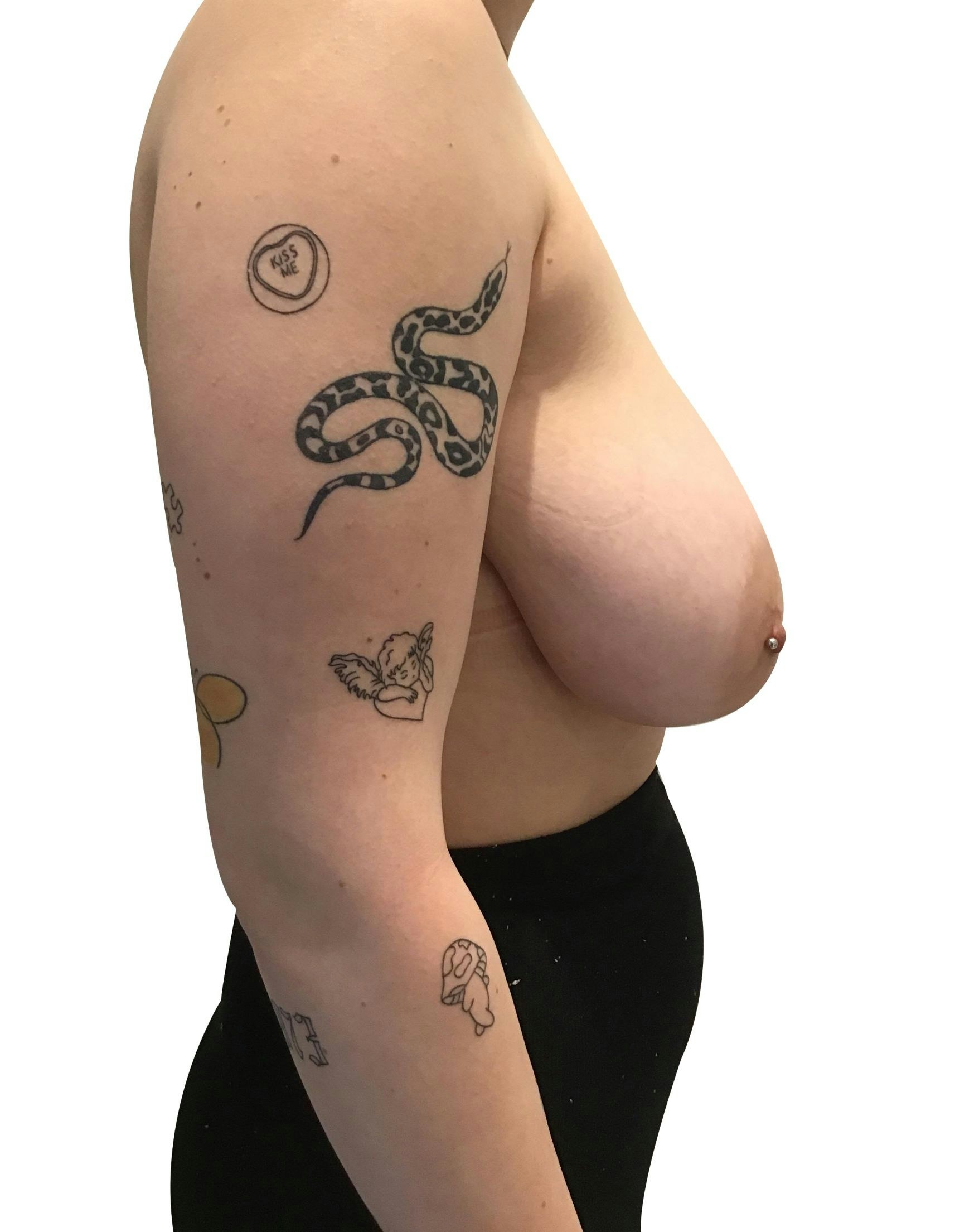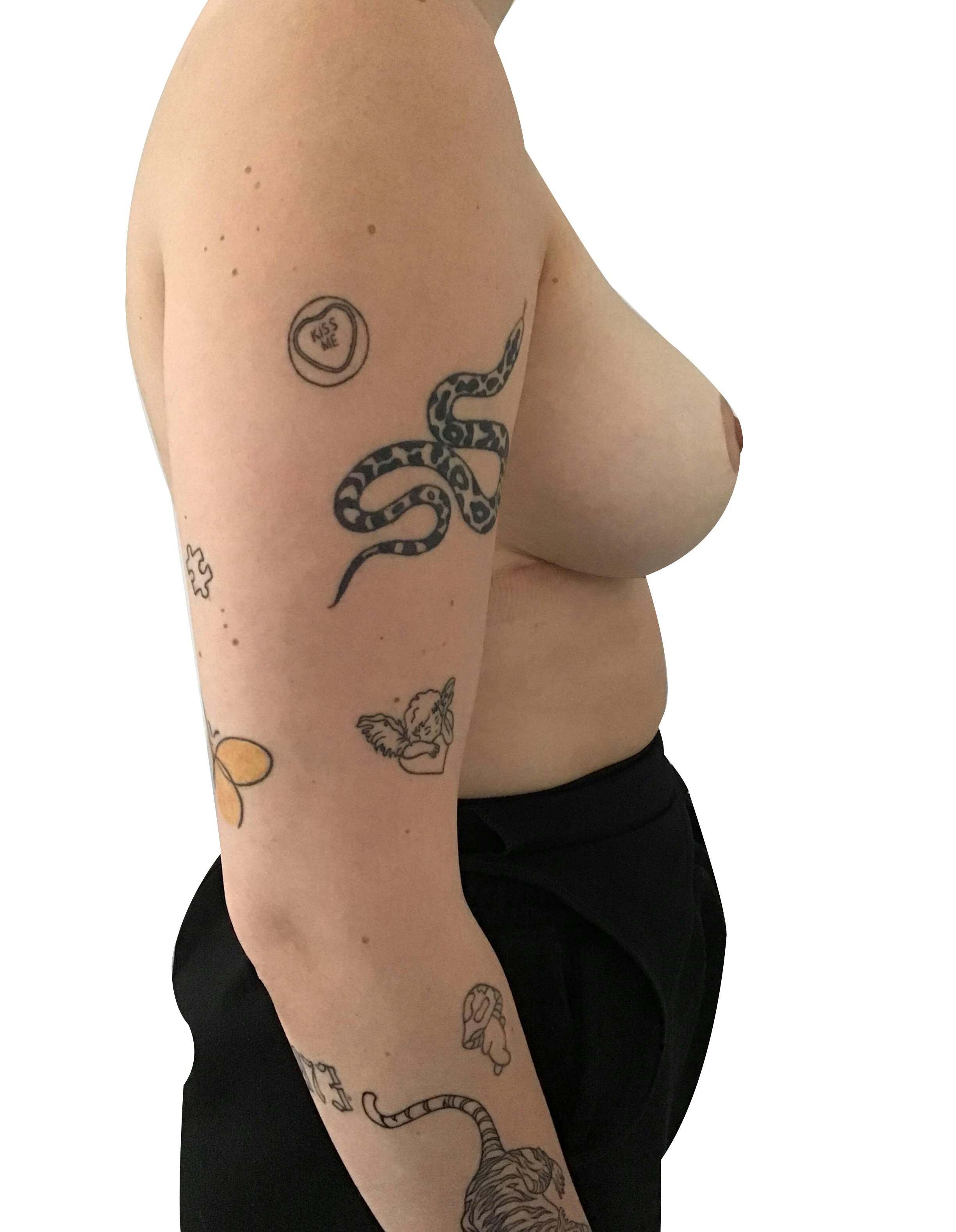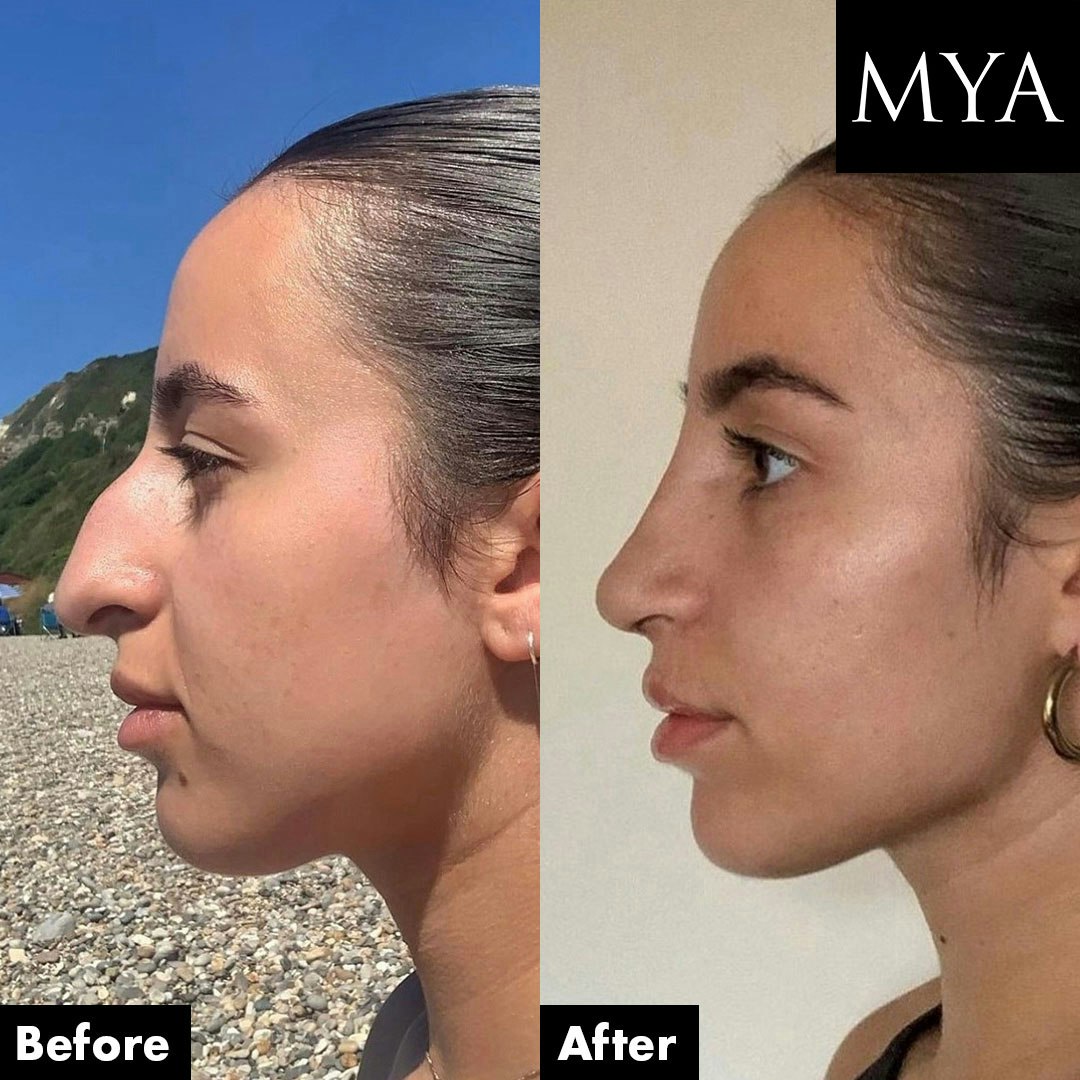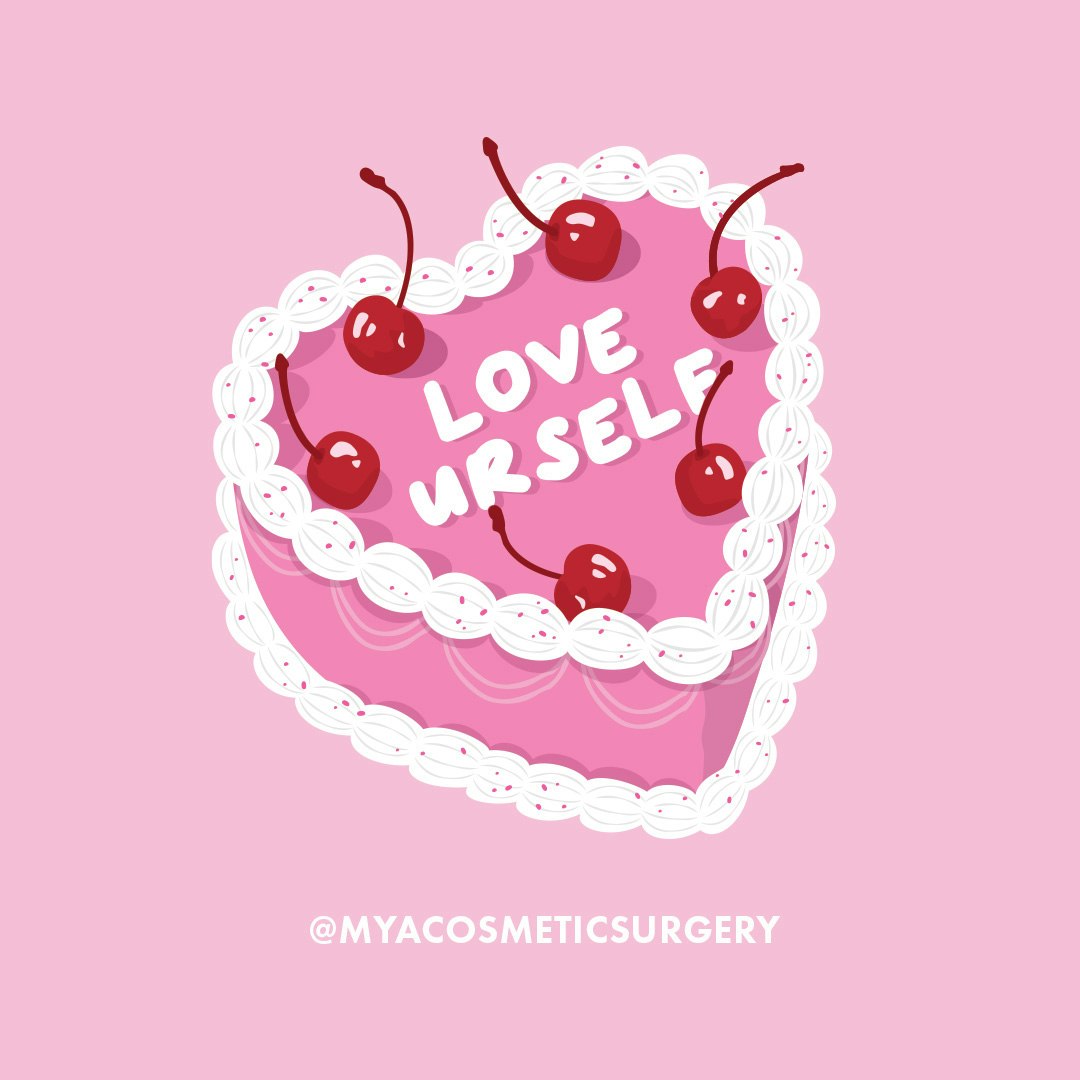Breast reduction surgery is a one-size-fits-all procedure
False.
Cosmetic surgery is a tailored and bespoke service in which the procedure and the results are unique to the individual.
Breast reduction surgery takes the lifestyle and current breast tissue of the patient into consideration, as well as their anatomical proportions, to create a look that meets their physical and cosmetic needs.
When you choose MYA Cosmetic Surgery to carry out your breast reduction surgery, you will have multiple consultations with our patient coordinators, nurses, and surgeons to assess your proportions and requirements, ensuring the best result for you and your body.
Young people can't have breast reduction surgery
False.
There is a common misconception that younger people aren't eligible for breast reduction surgery. This is incorrect, breast reduction surgery is available to women of all ages.
In fact, there has been a rise in younger women undergoing breast reduction procedures in the UK. If you are concerned by the weight and size of your breasts and have been considering cosmetic surgery, join the MYA facebook reviews group and speak to likeminded patients who have already been through their journey.
Breast reduction surgery leaves significant and noticeable scars
Scarring is to be expected after any cosmetic surgery procedure, but they will fade over time and become barely noticeable. Most scars typically heal to leave a red, raised line, which will gradually get paler and flatter as recovery takes place. Post-op wound care and keeping your scars clean following surgery is key in ensuring healthy scar healing.
After a breast reduction, patients will be left with an anchor scar, which will only be visible from the lower part of the breast, below the nipple, making it practically invisible even when wearing low-cut tops.
It takes up to one year for a breast reduction to fully heal, which includes a reduction in the appearance of scars. After the first few months of the recovery period, scars will start to diminish, and over time they should become almost silvery in colour.
To reduce the pigment of the scars even further, you are advised to wear a high SPF when sunbathing following your 6-8 week sign off and to avoid sunbeds and smoking, as they can intensify the colour and make the scars look more noticeable. You should also keep the area as moisturised as possible by applying a light lotion twice a day.
Breast reduction surgery is purely cosmetic
False.
While breast reductions are a great way to improve appearance, they also have a number of other benefits.
Having larger breasts comes with a range of issues, including back pain, general discomfort when wearing a bra, chafing and rashes, and in extreme cases, infections under the breast.
Breast reduction surgery helps to reduce these problems, greatly improving the patient’s quality of life. It also makes exercise easier and finding flattering clothes and underwear less of a challenge.
You can’t breastfeed after a breast reduction
False.
Breastfeeding may be possible after a breast reduction, but the procedure does involve a higher risk of impacting milk production.
However, it’s important to note that every woman is different and can respond differently to cosmetic surgery - including their milk supply.
Milk supply is less affected if the nipple is left attached during the surgery, as the chance of the milk ducts being cut is much lower.
If you plan on breastfeeding in the future, we advise you to discuss this with your surgeon during your consultation.
If you’ve already had the surgery, tell your midwives that you’ve undergone a breast reduction so they can create a breastfeeding plan for you and recommend assisting techniques to help you.
Do you lose nipple sensation with breast reduction?
To ensure the breasts are in proportion, a nipple reduction and lift are often performed as part of a breast reduction.
Many people think this means they’ll lose feeling in their nipples. However, this is extremely rare, and most patients will regain feeling in their nipples 2-3 months post-op.
Breasts grow back after a reduction
As no implants are used as part of breast reduction, it is possible for the look of a patient’s breasts to change after surgery.
Ageing, pregnancy, breastfeeding, menopause, weight fluctuation, and other hormonal changes can alter breast size over time, meaning the size of your boobs could change post-surgery.
However, this doesn’t necessarily mean they’ll go back to the size they were before your breast reduction - just a slight change in appearance and volume.
It's possible to naturally reduce the size of my breasts
Losing weight can help to reduce the size of your breasts, but it’s not as easy as it sounds.
You can’t necessarily target weight loss to certain areas of your body, and everyone loses weight at different rates in different areas, meaning it might not make a change to your breast size at all. On the other hand, if you have extremely large breasts, losing weight can result in saggy boobs that have little shape and volume.
Breast reduction surgery doesn’t just lessen the size of the breast, it also provides a lift without the need for implants, creating more manageable breasts that sit in proportion on the patient’s chest.
Learn more with MYA
If you’re interested in breast reduction surgery and would like to find out more, our team is here to help.
You can read our latest blog posts for all things cosmetic surgery, check out the MYA Forum for first-hand experiences from past patients, or book a FREE e-consultation to chat with one of our experts from the comfort of your own home.





